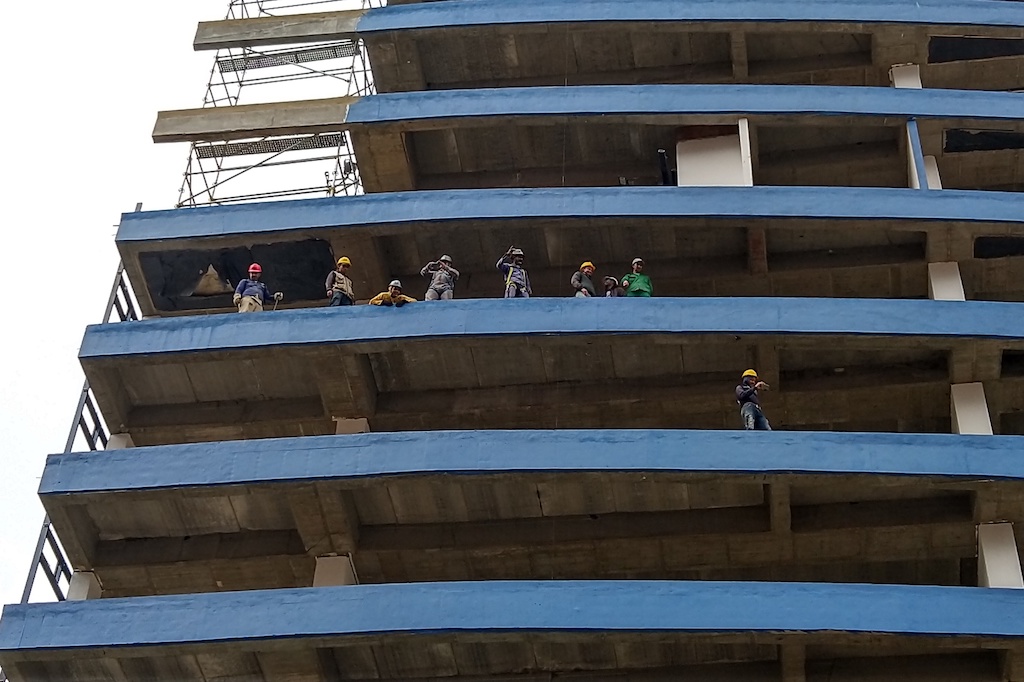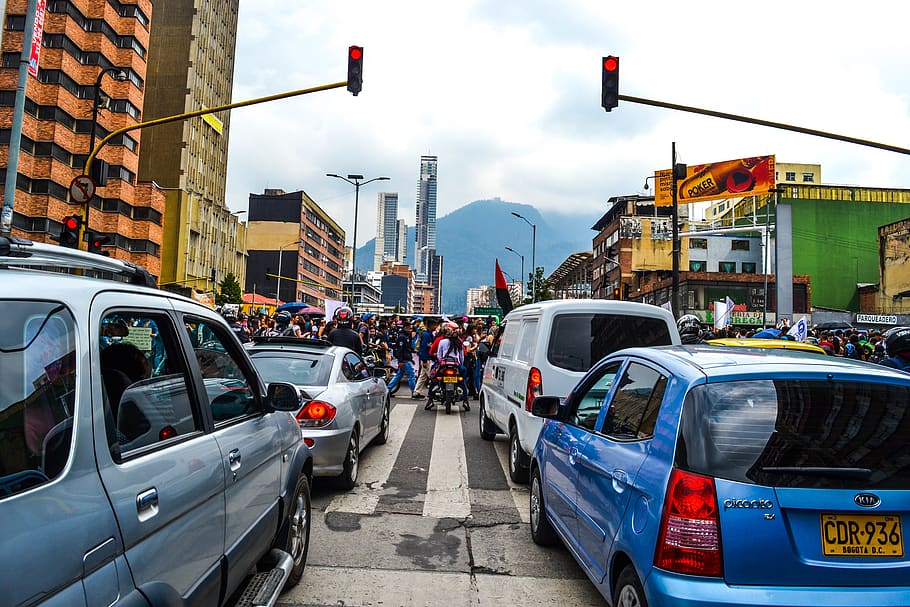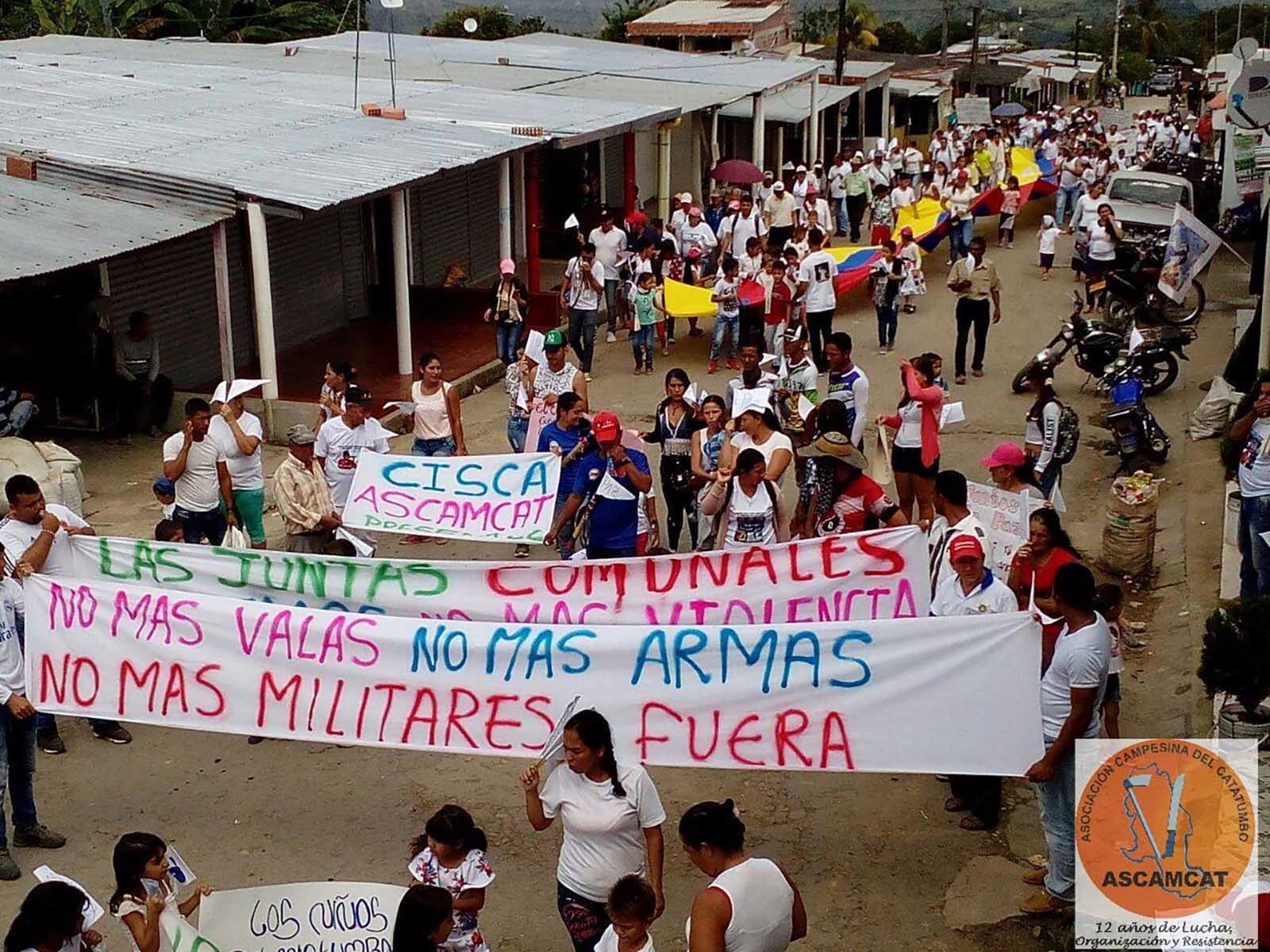Workers’ rights and salaries are divisive topics in 2020. We look at labour reforms likely to upset regular workers.

“Long hours, low pay” sums up work in Colombia. The country languishes at the bottom of the OECD work-life balance scale in the Better Life Index, and is second only to Haiti in terms of inequality in Latin America, with a GINI score estimated at just under .50 by the World Bank. For reference, the GINI ratio is a measure of income inequality where 0 is perfect equality and 1 is perfect inequality. By OECD measures, Colombia ranks near the bottom.
Despite Colombia having a regionally high minimum wage, in many cities even the average salary is too low to live well, as our own analysis showed in 2017. No wonder people want better.
But the bigger problem is that many working people toil in the ‘informal’ sector, cutting them off from a higher range of salary-linked benefits such as pensions, insurance and proper health plans. The National Administrative Statistical Department (DANE) puts the percentage of people in major metropolitan areas to whom this applies at around 46%, although a figure as high as 85% for rural areas is estimated by the Labour Ministry. This creates two extremes in Colombia: families tied to a salaried worker, and the masses living cash-in-hand such as your run-of-the-mill street vendor. Self-employed tradespersons can opt in to the social security system, partly to avoid tax, but also because of the dense paperwork involved.
Historically, workers’ struggles have been central to Colombian life. The 1928 bananeros massacre was a pivot for one of the world’s greatest works of fiction, 100 years of Solitude, and in 2002 some 184 trade unionists were murdered, more than in the rest of the world combined that year. Labour rights have been hard-won. They won’t be given up without a fight.
Now reform is in the air. This year the government is bent on streamlining labour law to make it easier for companies to hire – and fire – employees and pull more workers into the public-private social security network. That means reducing the bureaucracy that companies struggle with to get a worker legally on the books.
Read all our coverage on the state of the Colombia.
HR departments currently have to wrestle with health plans, work insurance, pensions, obligatory apprenticeships, bonus schemes, redundancy schemes, transport allowances, and clothing donations. Added to that is multi-unionism: some employers deal with as many as 80 different worker groups.
Then there’s the annual minimum salary rise, which this year at 6% outstrips inflation and, according to business analysts, is a key factor driving down job slots and driving up the current 10,5% unemployment rate.
One barrier for employers is a bureaucratic straightjacket. They can only pay ‘non-wage benefits’ on a full monthly basis, making it impossible to formally hire staff for one-off activities – seasonal or surge tasks – forcing them into illegal short-term hires even if they want to play fair.
And since there’s little effort by authorities to police the workplace, hardly any employer gets caught. That’s why so little of the workforce is in a proper job with many of the rest struggling in part-time or menial roles. That means Colombia’s vaunted ‘minimum wage’ is a facade.
“Somewhere there’s a compromise, but it will take a lot of tear gas to get there.”
Given this situation, ideally, both bosses and workers would back reforms that bring more people into proper employment. But so far there is little common ground. CUT, a workers’ union, called the 2020 6% pay rise “miserable”, whereas ANIF, a business group, called the hike unsustainable for employers.
In fact, ANIF blames the 2020 award for rising youth unemployment, currently at 17%. According to ANIF, companies are reluctant to open positions for young workers given this “high cost.”
This, then, is the elephant in the room: a large chunk of Colombia’s young population not being able to get a foot on the work ladder. That makes for social problems downstream.
The government’s response is to moot reforms such as zero-hour contracts–which they say can benefit digital-age workers such as Rappi riders–variable minimum wages (for example in different cities), a 75% minimum wage for young people, and uncluttering non-wage payments. The goal is to put “flexibility” into the employment market, the labour minister told media late last year, while also meeting the needs of a “changing world and orange economy” and opening doors to first-time job seekers.
Reform is being backed by business guilds, the OECD and the IMF, and being sold as a growth package to “stimulate the economy” and create more jobs. Meanwhile, labour union CUT has declared the plan as something beneficial to big business by “ending worker rights,” something worth protesting.
How will it end? Hopefully with better conditions for more workers. But it won’t be easy. One headache for President Duque’s is the ghostly presence of past president Álvaro Uribe, an avowed right-winger who came to power in 2002 – the same year all those unionists were killed. With Uribe in the background, the debate will get personal and protracted. Somewhere there’s a compromise, but it will take a lot of tear gas to get there.





